System Overview & High Level Design
Description
Sentrifarm is comprised of a network of energy harvesting sensor nodes, geographically distributed according to the topology of the farm, able to run on low power, and communicate over extended distances without relying on the mobile phone network.
(This Project Details along with linked material presently constitutes the top level System Design Document required for the finals. Other entry criteria are listed in various project logs)
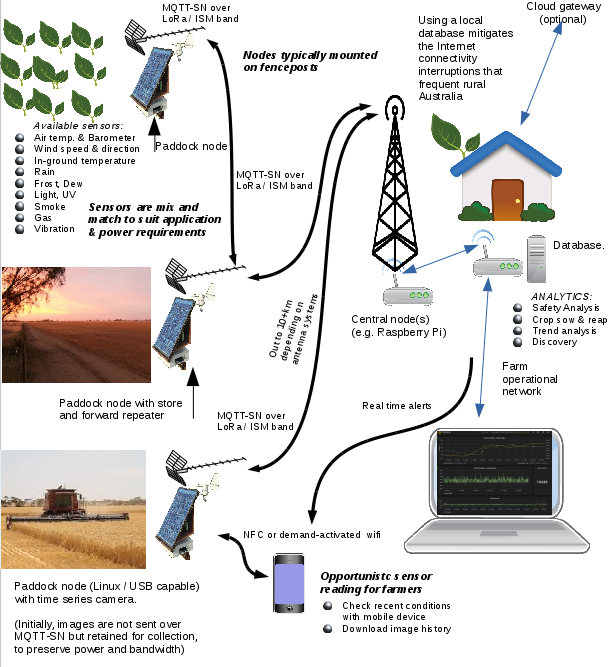
Novel features include intelligent back end monitoring and data analysis, a shield-like system allowing the SX1276 radio to be connected to completely different embedded boards, a custom design intelligent rain gauge, and the ability for long range farm monitoring of multiple paddocks without requiring multiple SIM cards.
Operational Concept & User Scenario
Refer to the Operational Concept Github.
Benefits to Farmers
- Timely information reporting
- Improved safety & immediate Grass Fire Danger Index visibility
- Improved knowledge of cropping
- Reduced operating costs
System Requirements
- Primary aim: immediate notification of conditions to farmer
- Secondary aim: log as much data as possible at the farm base, including from sensors/data not normally recorded by farmers, for analysis and new discoveries
- Long ranges (eventually exceeding 20 km / 12 miles ) to avoid telco fees
- Intelligent: farm base calculates if conditions preclude reaping
- Usability / UX: simple app (e.g. 6am alarm, RED for no good, GREEN for OK)
- Inexpensive, robust, maintainable commodity components: farmers have enough expensive firmware upgrades for tractors &c to deal with
- Can expand to share data with community / crowd sourced information web sites
- Sensor nodes must be self sufficient for power
- Provide ability for the farmer to "tap in" to local sensors via a mobile device when on site
- Sentrifarm is also an experiment, designed to test various combinations of equipment and data collection protocols on a real farm
Initial Prototype
In the true hacker spirit, for the initial hackaday prize build much of the equipment (in particular, the various computing modules used to build the nodes) has been chosen due to being on hand, we have more important things to spend money on at this time :-) however, the design is such that they can be changed easily to more 'production' oriented modules in the future.
Components include SX1276 915MHz LoRa radios, Teensy-LC and ESP8266 modules, ATtiny powered rain gauge & wind gauges, and Raspberry Pi nodes.
Architecture
Sentrifarm supports a variety of nodes:- Farm base station - aggregates and forwards data from other nodes to databases and monitoring applications, using an industry standard protocol (MQTT)
- Paddock node - also called the Fencepost station, because the prototype nodes will be mounted on paddock fenceposts - a solar powered device with reasonable computing capability, able to record data from a wide variety of sensors including rain, wind, air temp, humidity, UV, frost, daylight and even advanced features such as imaging, security and equipment telemetry
- Ground sensor - designed for collecting in-ground temperature and moisture, potentially in a mesh across a paddock. Depending on the situation may be wired to a Paddock node, or preferably wireless and solar or piezoelectrically powered
Note that paddock in this context may be between 4 and 100 acres or potentially larger...
Sentrifarm will have a database and monitoring system, linked to the Farm base station node(s).
 pastcompute
pastcompute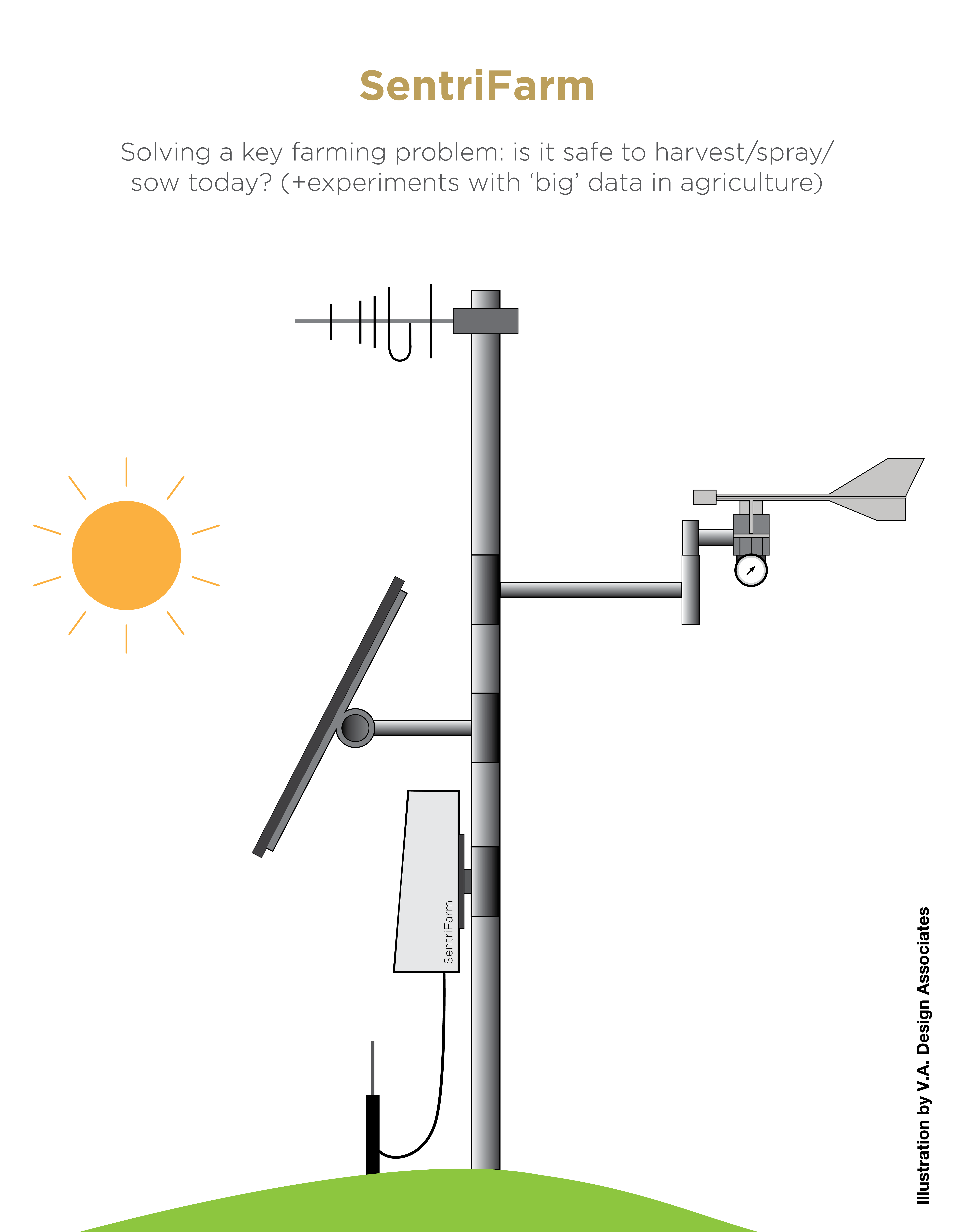 An important factor not obvious from the picture is the need to protect the electronics from full afternoon sun in late summer on 40+C days.
An important factor not obvious from the picture is the need to protect the electronics from full afternoon sun in late summer on 40+C days.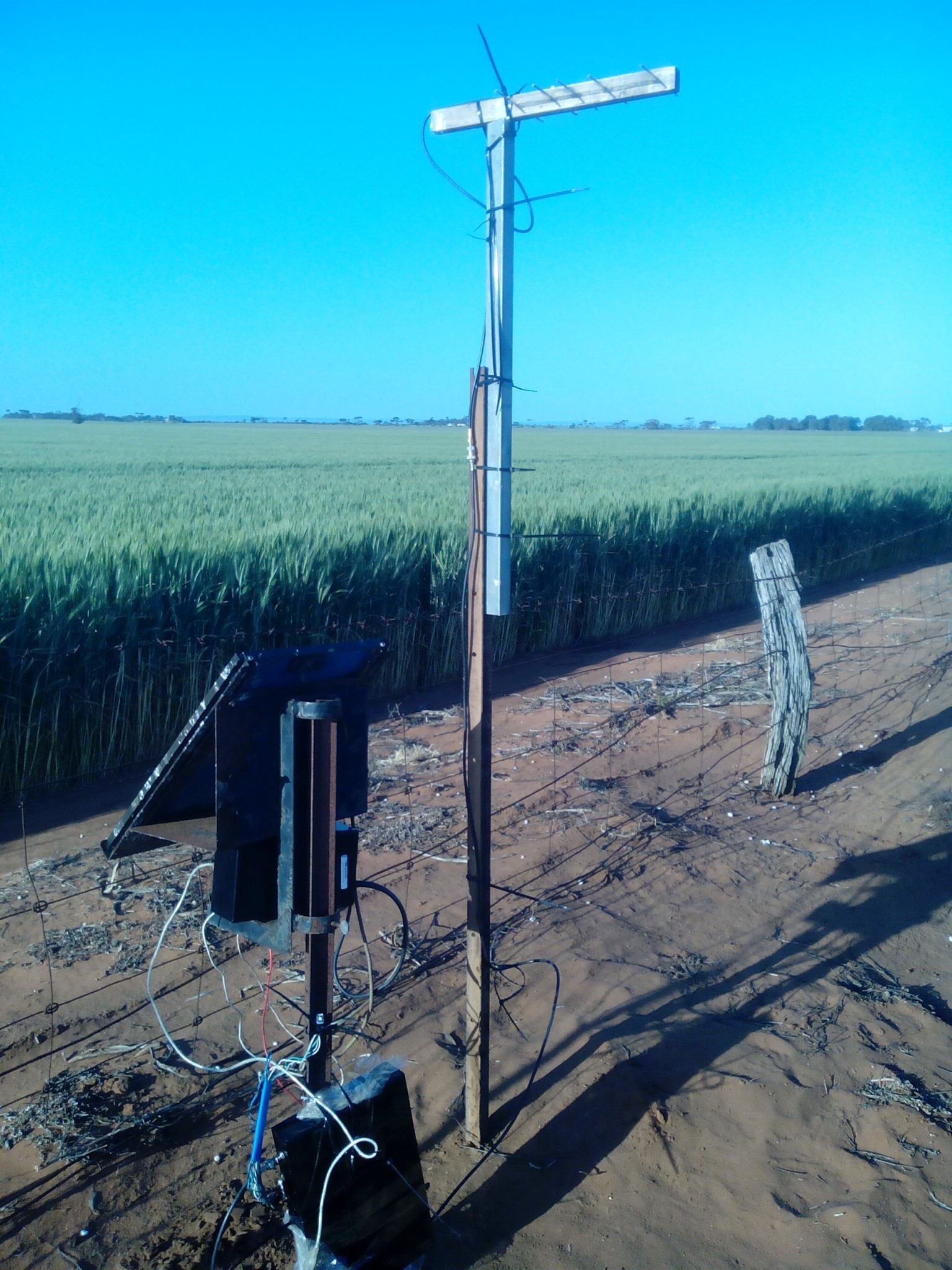

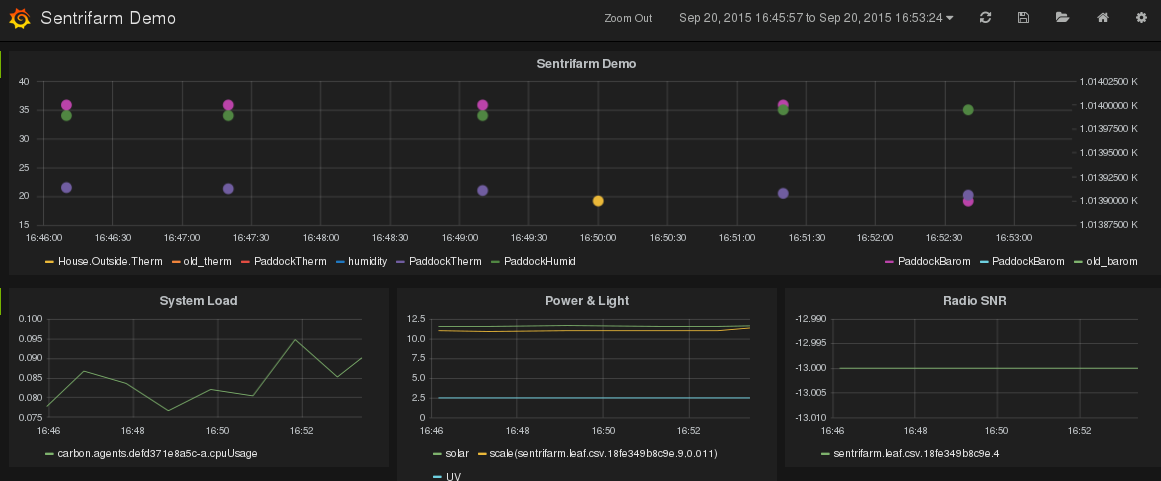
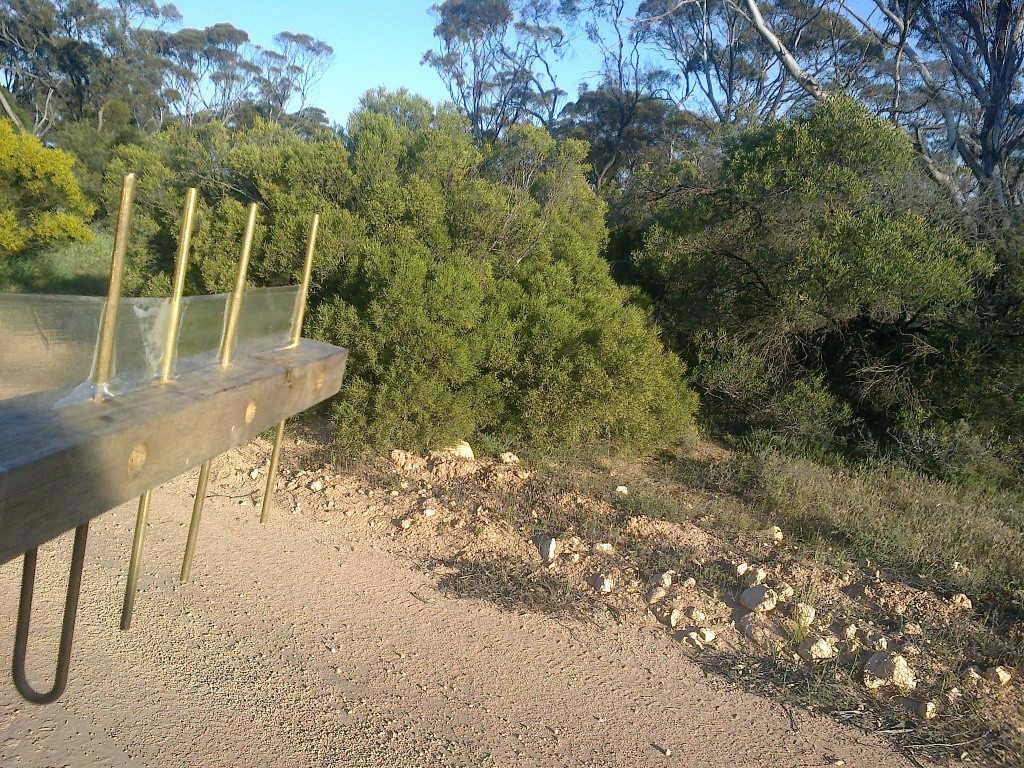
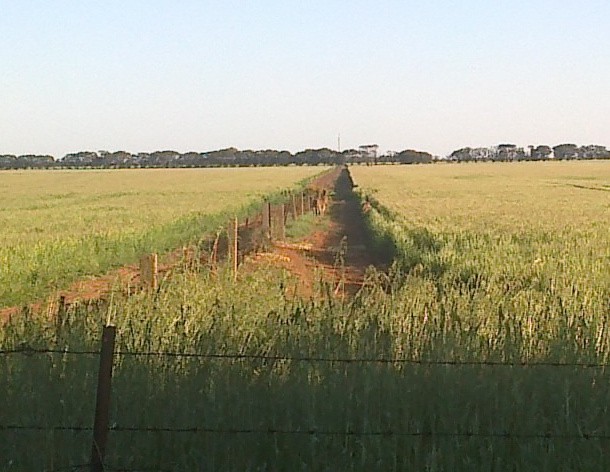
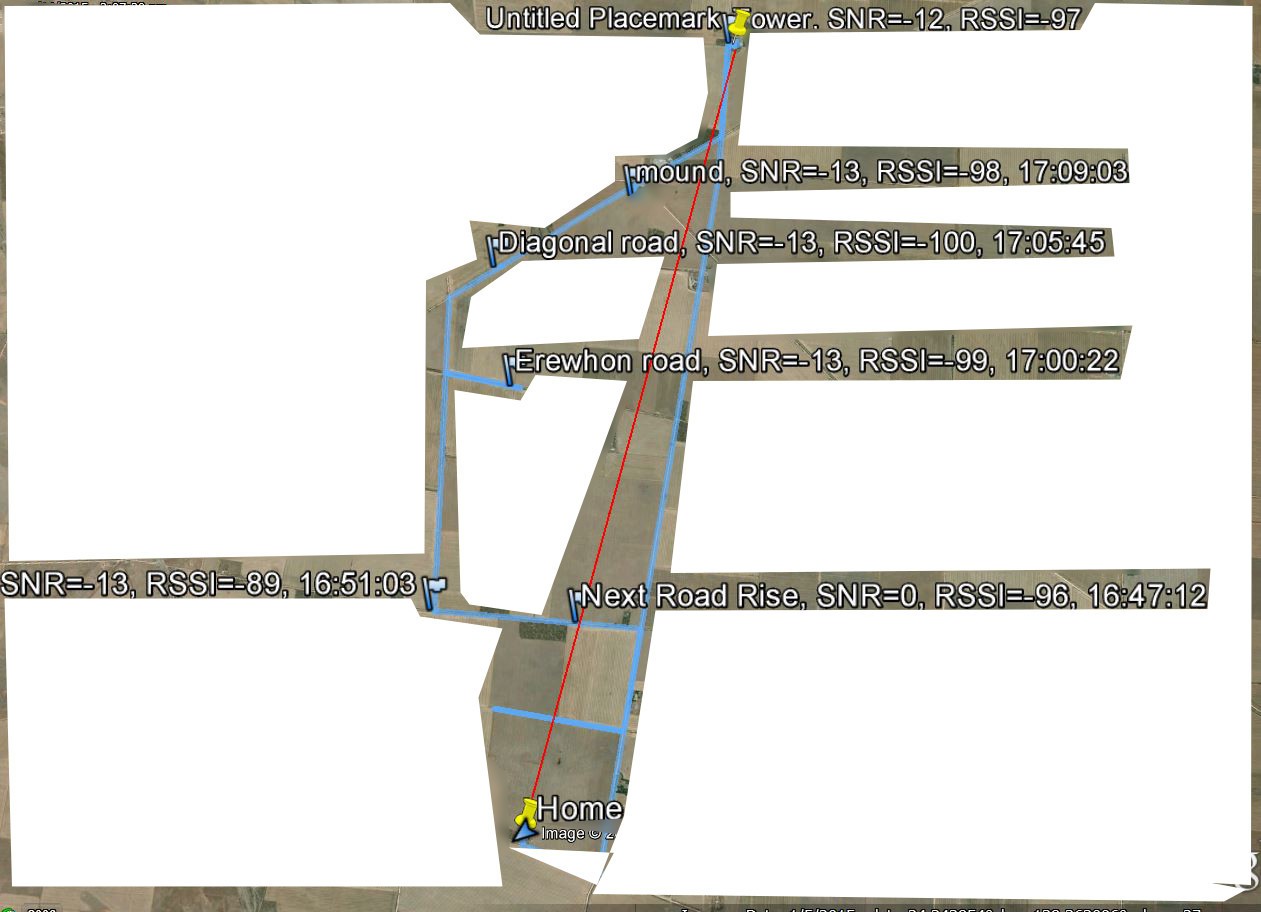
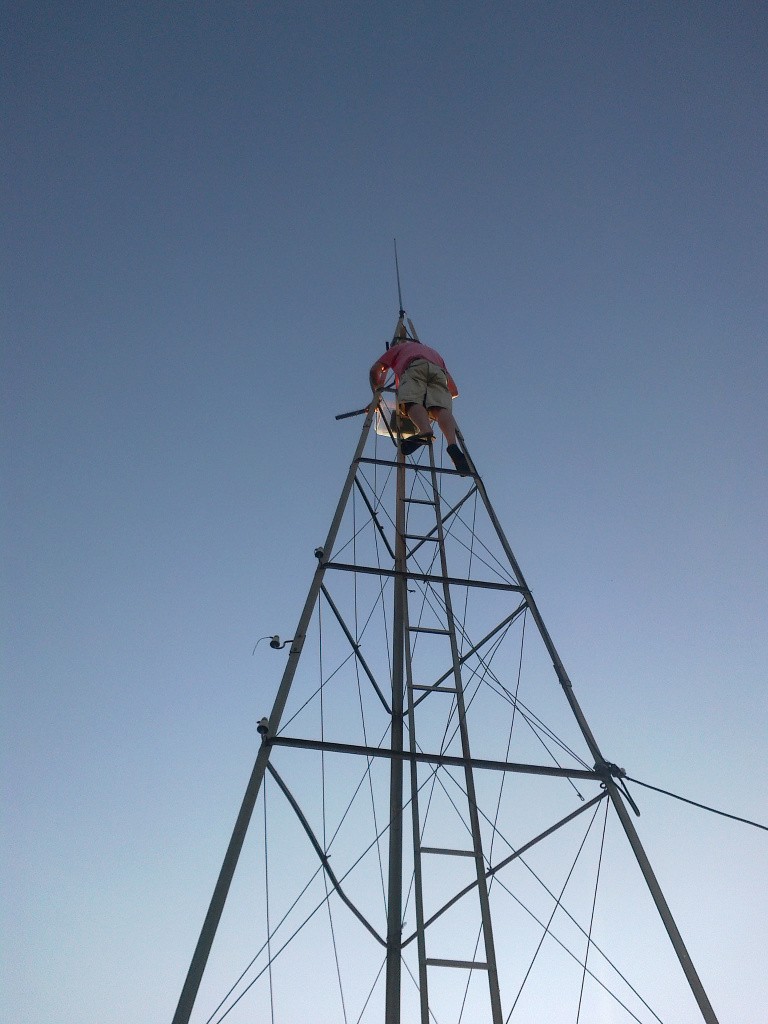
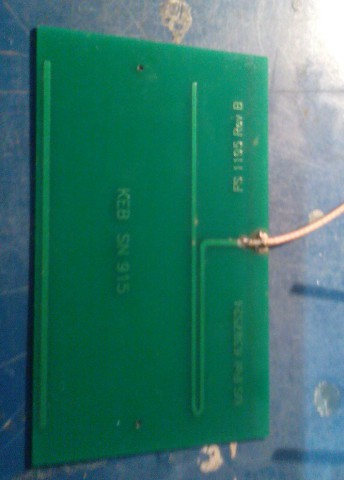
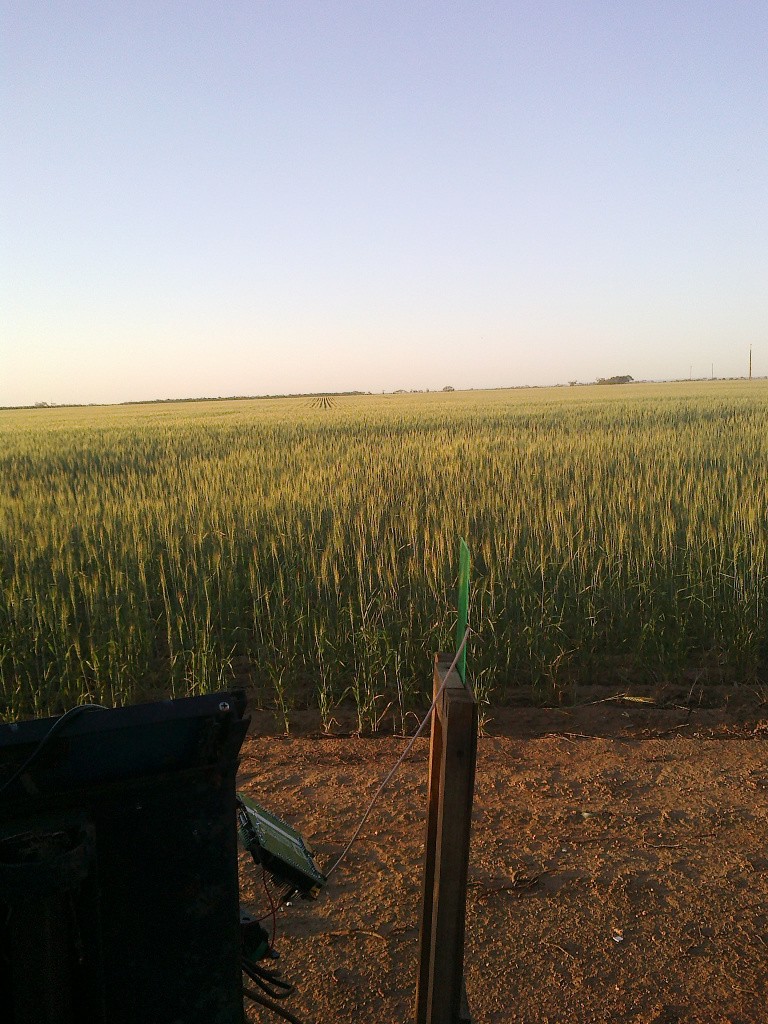
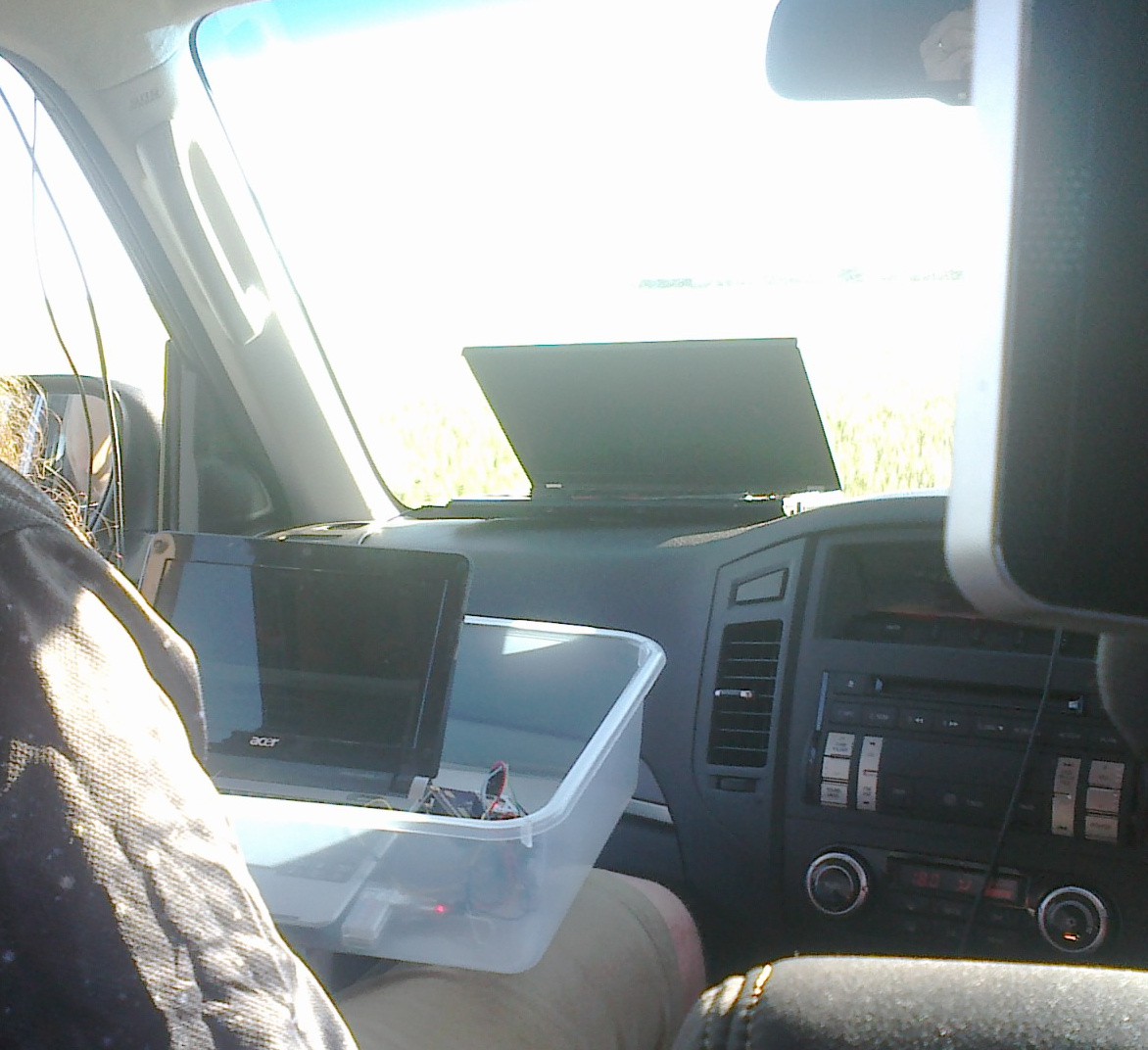
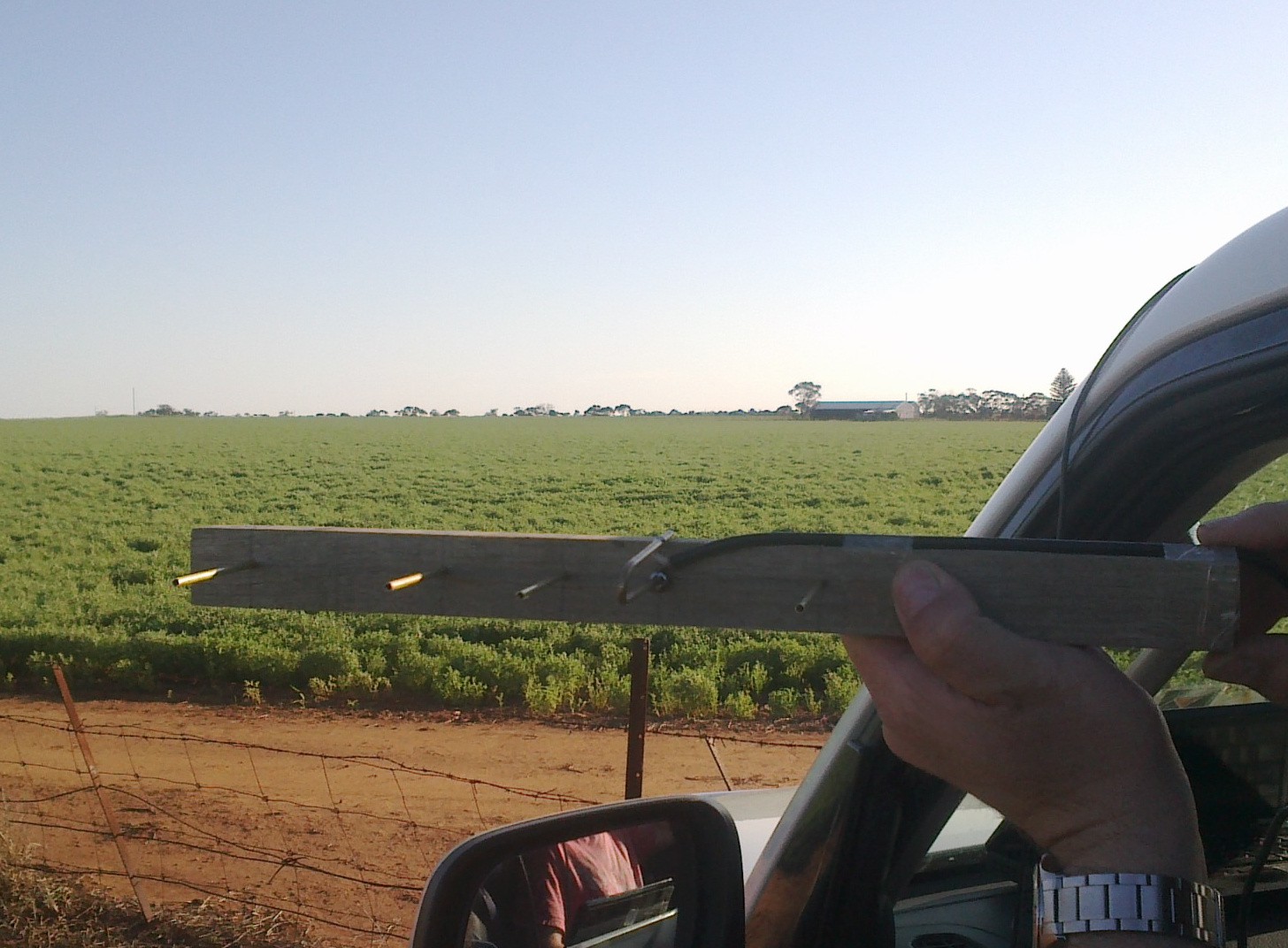
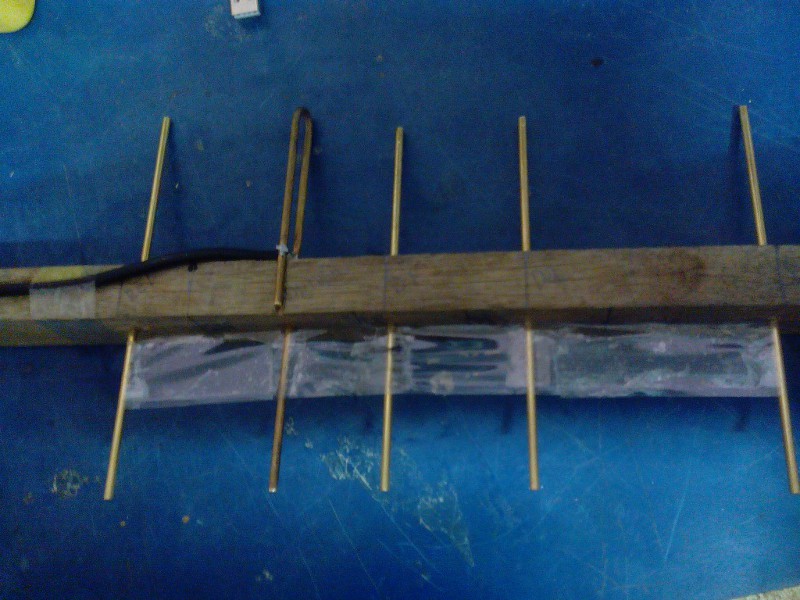
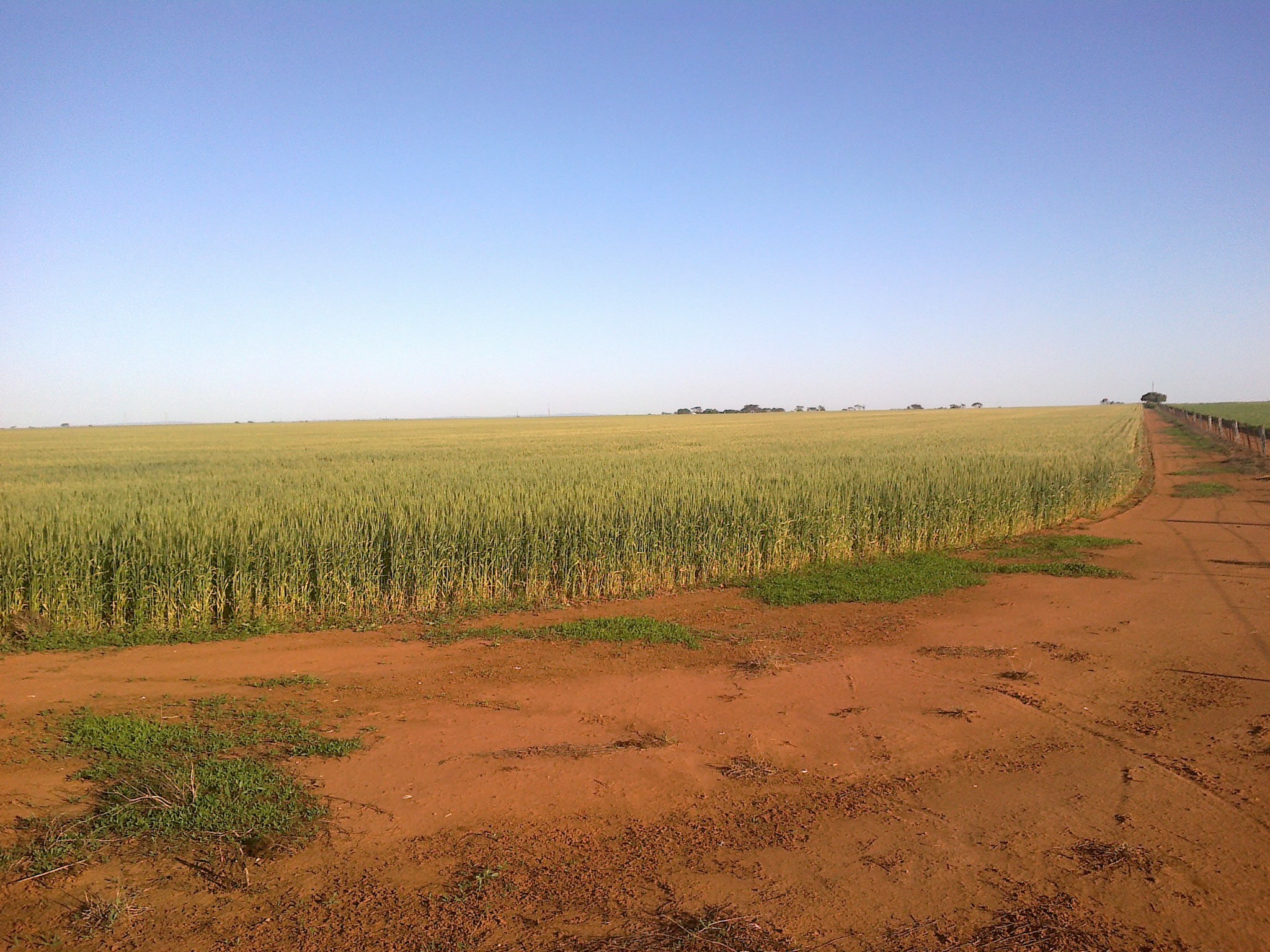
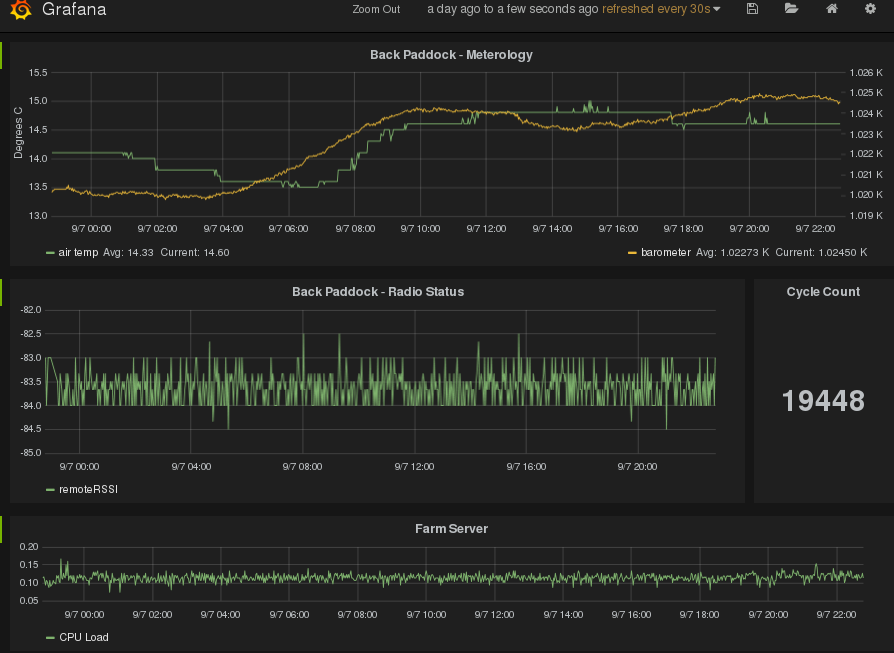
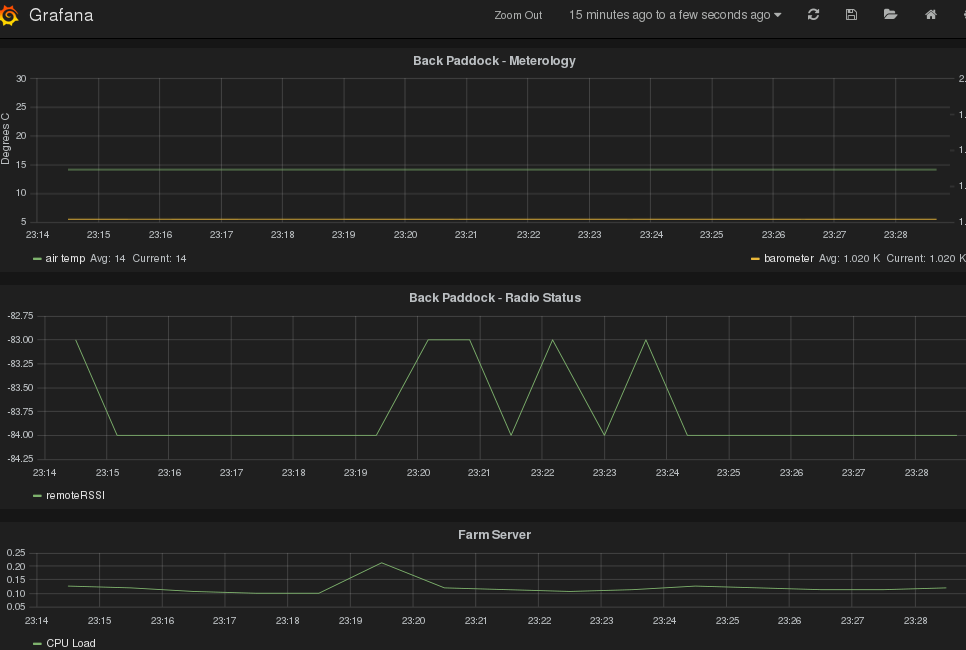







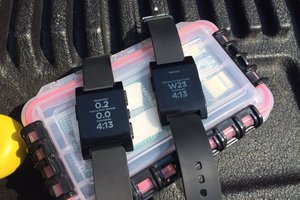
 Brook Patten
Brook Patten
 t3chflicks
t3chflicks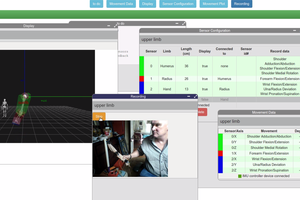
 Jonathan Kelly
Jonathan Kelly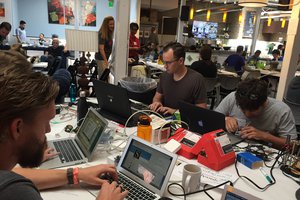
This is great, excellent to see some new hardware in this area. We've been running a smart-agriculture project in the UK, I think we would have some similar stories to share! http://www.senseye.io/category/smart-farming/